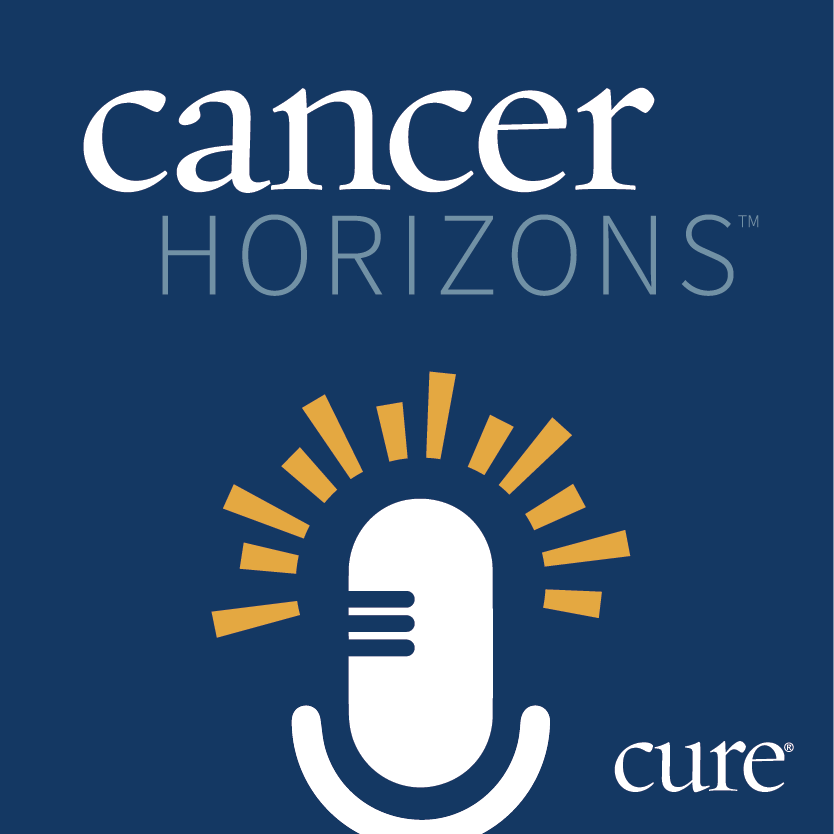News
Article
Cardiometabolic Considerations for Childhood Cancer Survivors Explained
Key Takeaways
- Childhood cancer survivors exhibit higher prevalence and earlier onset of CVD risk factors compared to non-cancer peers.
- Hispanic and non-Hispanic Black survivors face higher rates of diabetes and obesity, highlighting disparities in care.
The American Heart Association has released a statement detailing cardiometabolic considerations for survivors of childhood cancer.
Exposures to cancer therapies can increase risk for certain cardiovascular complications.

A team of experts, issuing a statement on behalf of the American Heart Association, have detailed cardiometabolic considerations for childhood cancer survivors.
The considerations were explained as part of a statement published in Circulation and written by pediatric cardiologist Dr. Thomas D. Ryan and colleagues. Ryan is the director of the cardio-oncology program and associate director of the heart failure and cardiomyopathy program at Cincinnati Children’s Hospital Medical Center.
The announcement detailed that literature over the past four decades has documented the evolving epidemiology of cardiovascular disease (CVD) for patients who have or have had cancer along, including the identification of relationships between treatment exposure and cardiovascular complications and risk.
“These accomplishments have allowed the development of risk-based screening and intervention recommendations for CVD and cardiovascular risk factors that differ from those established for the general population,” Ryan and his colleagues wrote. “Risk scores developed for the general population do not take into consideration unique treatment-related exposures in childhood cancer survivors.”
Studies among long-term childhood cancer survivors, Ryan and his co-writers noted in the statement, have shown that conventional CVD risk factors such as hypertension, diabetes and dyslipidemia are both more prevalent and manifest earlier when compared with participants without cancer.
Furthermore, it was noted that Hispanic and non-Hispanic Black survivors had much higher rates of cardiovascular risk factors such as diabetes and obesity when compared with non-Hispanic White survivors.
“These findings are especially concerning given the high rates of underdiagnosis and undertreatment of these risk factors for survivors compared with control subjects without cancer, contributing to greater disparities in care for this population,” Ryan and the team wrote. “These comorbidities have significant implications given data showing that anthracycline-treated survivors who develop hypertension and diabetes have a [greater than] 35-fold risk of developing clinically significant cardiovascular complications such as heart failure compared with survivors without these risk factors.”
For example, radiotherapy has been associated with hypertension, dyslipidemia and type 2 diabetes, while treatments used for graft-versus-host disease such as corticosteroids and calcineurin inhibitors confer a nine-fold risk of hypertension, a five-fold risk of diabetes and a three-fold disk of dyslipidemia for patients who undergo stem cell transplant.
Long-term follow-up guidelines from the Children’s Oncology Group, the statement said, recommend screening of childhood cancer survivors for CVD risk factors. Survivors of childhood cancer who have received total-body irradiation or abdominal radiotherapy are advised to have a fasting lipid profile and fasting glucose or hemoglobin A1c test every two years.
Additionally, their blood pressure should be checked annually, and height, weight and body mass index should be assessed yearly or every six months until growth is completed in those noted to have growth hormone deficiency.
For childhood cancer survivors who develop any criteria for metabolic syndrome, health care providers are advised to screen for associated components. Treatment should include counseling on maintenance of an appropriate weight, consumption of a heart-healthy diet, undertaking adequate physical activity and not smoking, as Ryan and colleagues detailed.
More on CVD Risk Among Cancer Survivors
CURE previously spoke with Suzanne Orchard, a senior research fellow in the School of Public Health and Preventive Medicine and the director of the ASPREE Extension at Monash University in Melbourne, Australia, about the topic of CVD risk among cancer survivors.
“There are a number of chemotherapy drugs that are known to cause stress and damage the heart, and these are called cardiotoxic drugs,” said Orchard. “Both chemotherapy and radiotherapy can lead to increased levels of inflammation, which leads to damage to the heart and vessels. Additionally, radiotherapy near the heart (thoracic) can cause direct damage through hardening of vessels and over time, tissue becoming fibrous and tough.”
Orchard added that cancer survivors should be aware of their cardiovascular health and alert health care providers if they notice symptoms like shortness of breath or chest pain. He added that changing therapy regimens when symptoms are reported early can reduce risk.
Practical suggestions from Orchard to lessen risk of cardiovascular events included using exercises that elevate heart rate and watching out for blood glucose levels if diabetic.
Reference
“Cardiovascular Toxicity in Patients Treated for Childhood Cancer: A Scientific Statement From the American Heart Association” by Dr. Thomas D. Ryan et al, Circulation.
For more news on cancer updates, research and education, don’t forget to subscribe to CURE®’s newsletters here.





